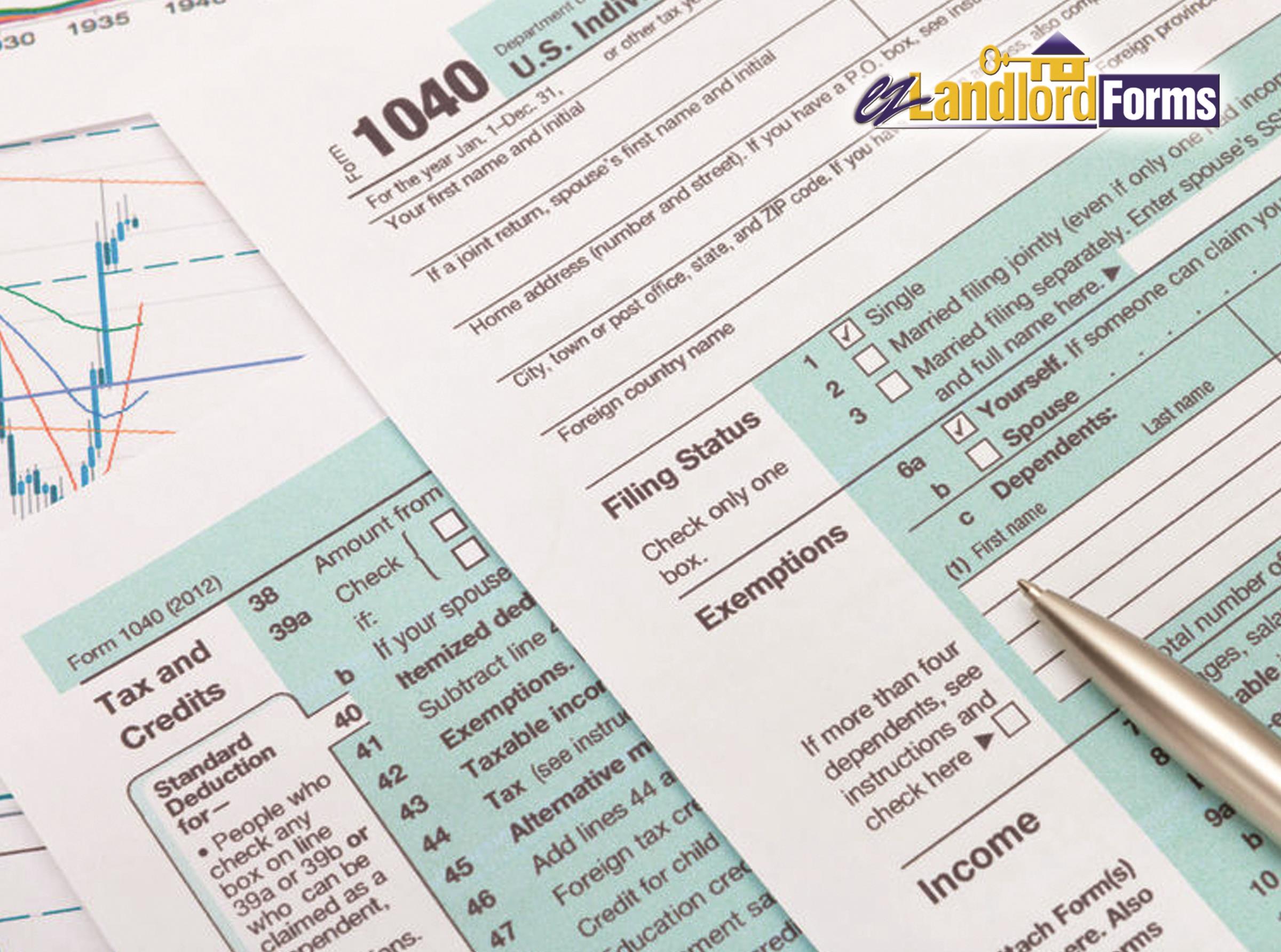
When serving as a landlord for the first time, there are many lessons to be learned along the way. One common mistake comes in preparing your taxes as a landlord for the first time. Two forms that can easily be confused are Schedule A and Schedule E. It is easy to make a mistake in this area if you do not know the difference between the two schedules. First let’s look at how each schedule is used on your taxes.
Schedule A
This document is for your personal deduction itemization. You use it to list your personal expenses, such as medical costs, certain types of interest paid, and charitable contributions. This is explicitly for personal reporting.
Schedule E
This form is used to record income gains or losses owing to several sources, including rental real estate.
Now that each schedule has have been defined, the key is to understand when to use each form. If your house is your personal dwelling then you use Schedule A. This is where you list all your expenses. If these deductions together exceed the standard deduction, you can use this itemized list on your returns. Otherwise, it behooves you to take the standard deduction and not count these itemized payments on your tax return.
Dealing with a partial year rental
The biggest pitfall in doing your taxes for your rental property is putting your income and expenses on the wrong forms. This is especially easy to confuse if you have used your house as your private dwelling for part of the year, and as a rental for the rest of the year. If you have listed rental income on Schedule E, but you have listed your expenses on Schedule A, you may see an unusually large profit for your first year. After counting in depreciation, it is not uncommon to see a loss on your taxes. Checking your stated profit serves as a good double-check.
When completing your taxes, keep the differences between Schedule A and Schedule E in mind. The rental income and expenses claimed on Schedule E factor into your adjusted gross income. If you fail to offset your rental gains with expenses entered on Schedule E, your income may be artificially high, causing you to pay inflated taxes.